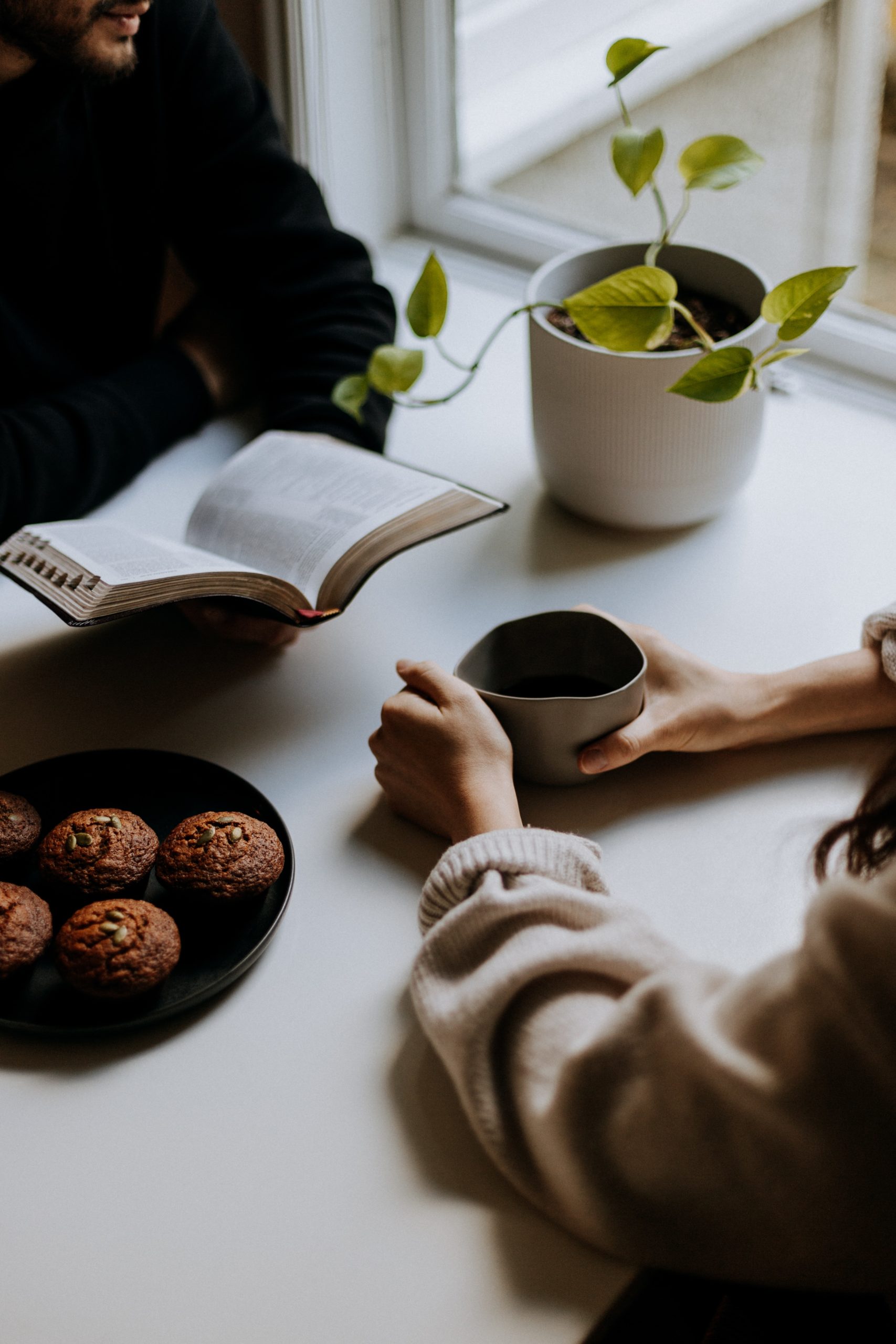The year is 2020 and a global pandemic has brought the world to a stop in a great pause like nothing we have experienced before. SARS-CoV-2, which causes CoVid-19, is a type of coronavirus, similar to other coronaviruses (e.g. SARS-CoV and MERS-CoV). These typically cause respiratory illnesses, with CoVid-19 proving deadly and SARS-CoV-2 proving very contagious.
SARS-CoV-2 is newly emerged in people, meaning we have not seen it before and can only make educated guesses about how it functions and how to control it. For example, during the start of the outbreak only five labs or six in the United States were BSL3 certified to work with the virus.
With such rapidly changing information, it is hard to keep track of what we know. Initially, facemasks were not seen as necessary. Now we understand just how important wearing masks and keeping distant really is for controlling the spread of the pandemic (see several sources: 1, 2, 3, 4).
Scientists carry on with their efforts to find ways to destroy the virus. This post explains some of the methods, what we know about them, and how they work. Mechanisms are broken down into 1) outside the body (e.g., soaps, alcohol, and time), 2) drugs, 3) antibody treatments, and 4) vaccines. To more deeply understand these topics, I first start with an overview of coronavirus biology.
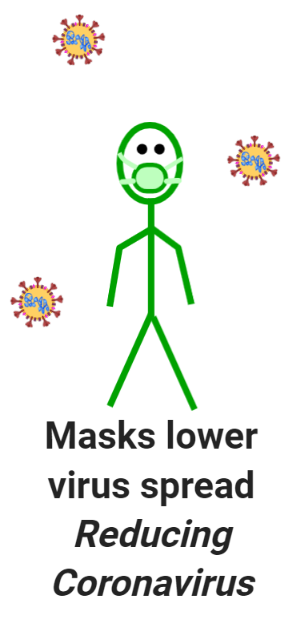
Coronavirus Elements
The coronavirus, like all viruses, is not a self-sufficient living entity. Instead, it relies on entry into a host cell and using that cell to replicate its genetic information. For SARS-CoV-2, this genetic information is packaged as single-stranded RNA. The RNA is held together by Nucleocapsid Proteins, inside of a sphere casing. The sphere is a protective shell made up of a Lipid Bilayer, just like in our cells. For the coronavirus, the lipid bilayer is also called a Viral Envelope. Scattered throughout that shell are three main types of surface proteins; to visualize it, think of beach balls floating in water.
Spike Protein: The S Protein protrudes from the viral envelope like a crown, highlighted in every cartoon of coronavirus. The role of this extruding protein is to bind the host cell. The tip of the protein matches a receptor we have in our respiratory cells, called ACE2.
Membrane Protein: The M-Protein is the most abundant protein. It helps define the shape of the viral envelope as well as acts as a central organizer for the coronavirus assembly.
Envelope Protein: The E-Protein is the smallest major surface protein. The E-Protein has many roles, including assembly and release of the virus from the host cell.
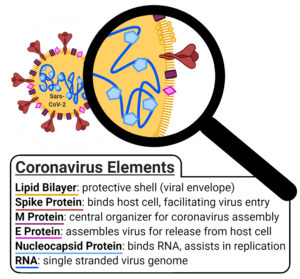
1) Destroying Coronavirus Outside the Body
As a virus, this germ can only survive for a short-term when not in a host. However, that short time is enough to be transmitted between people. Therefore, understanding how to destroy the virus in our environment will reduce the spread. Luckily, now researchers think surface transmission is less of a concern than initially thought. However, that means actions like social distancing and wearing a face mask are even more important than originally realized.
Soap: Wash your hands, with soap, for 20 seconds! But why? Well, the lipid bilayer that is the protective shell will break apart with soap. It functions just like adding soap to a greasy container, where you can see the layer of soap cut the grease. However, experts suggest 20s is needed to properly destroy the lipid layer. Luckily, most soaps are strong enough to do the trick—no special anti-viral soap is needed.
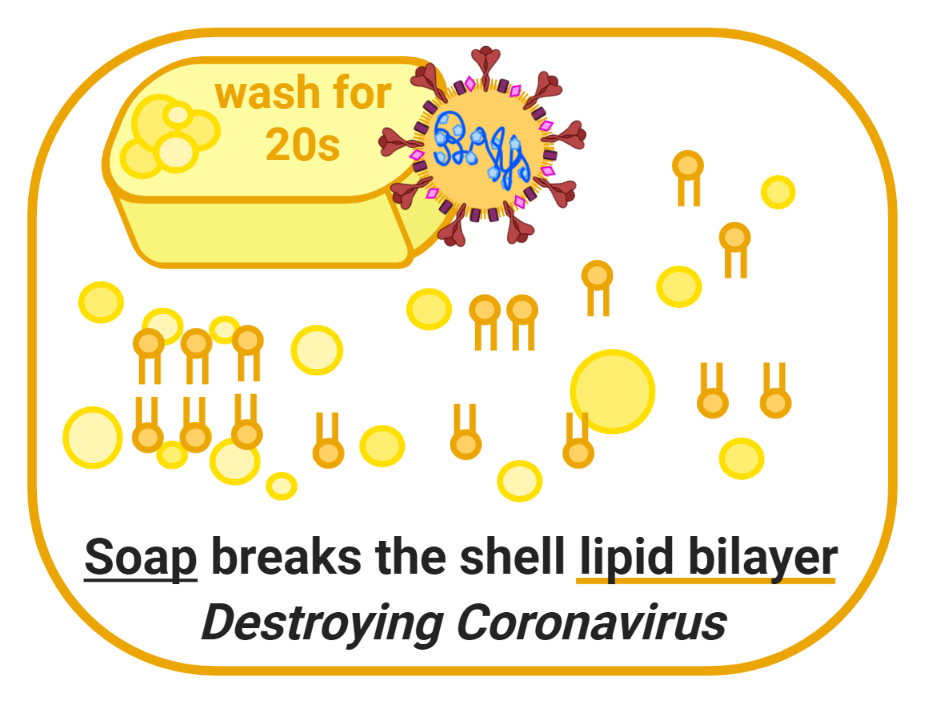
Cleaning Supplies & Alcohol: Most household disinfectants will destroy the surface proteins by breaking their structure, or Denaturing the proteins, after 10 minutes of contact. For supplies that are alcohol based, the suggestion is that the alcohol needs to be at least 60% for ethanol or 70% isopropanol to be effective. Cleaning supplies which have hypochlorites, such as chlorine-based disinfectants and bleach, also destroy the surface proteins. Luckily, this is in most cleaning supplies. In addition, the chlorine in swimming pools will do the trick! However, if two people are breathing close to each other in the pool, they can still transmit coronavirus through their respiratory particles.
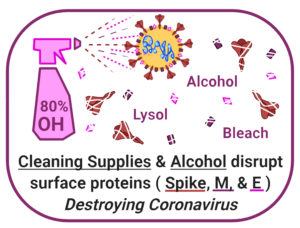
Time: Without a host, the virus will eventually dry up with time. The lipid bilayer is especially susceptible to this effect. However, the amount of time depends in part on the surface. Surfaces that are porous like cardboard and paper will dry the virus more quickly. Copper leaves the virus not viable after only 4hr. On other surfaces, like plastics, the virus may last for several days. This is why washing hands and cleaning surfaces is so important. However, recent research indicates that in summer sunlight will inactivate coronavirus in about 6-7 minutes, with winter sunlight levels taking longer up to 19 minutes.
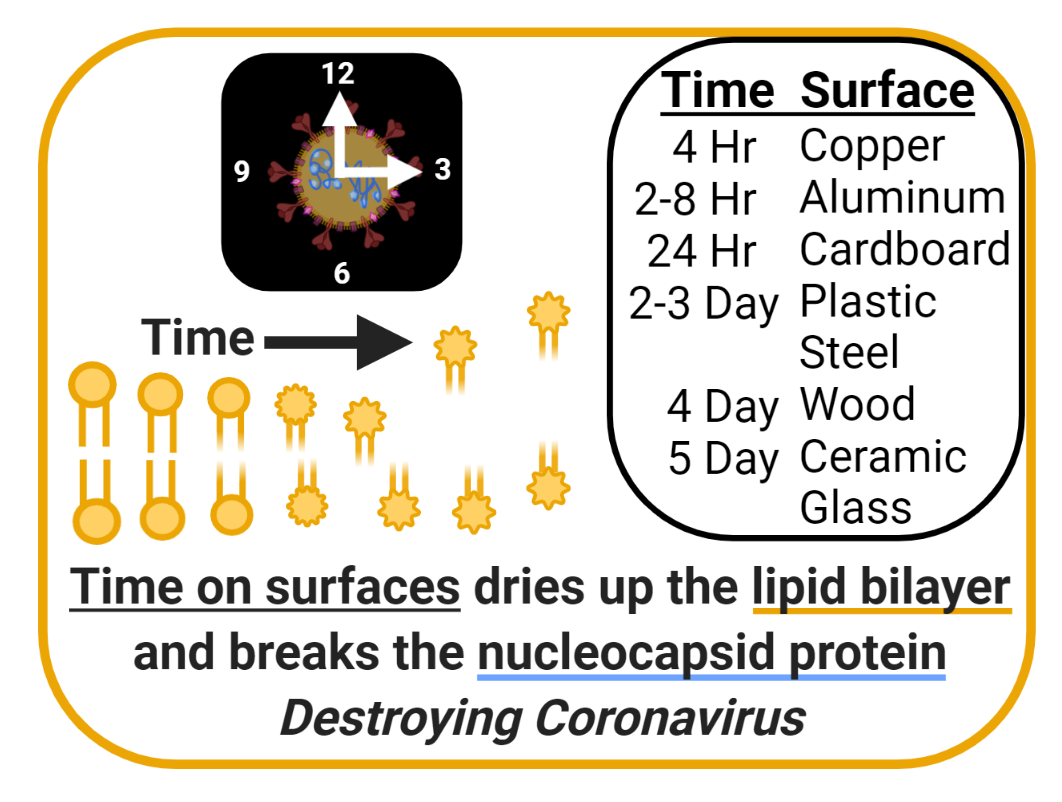
2) Drugs Treat Sick People
Drugs take a long-time to develop including testing if it works, what dose is appropriate, and importantly, if it is safe for people to use. CoVid-19 drugs on the market right now (Summer 2020) are repurposed drugs.
Remdesivir, an-antiviral drug, was originally created (unsuccessfully) to treat Hepatitis C; later Remdesivir was used for Ebola and found to be successful in reducing viral activity in several viruses. The mechanism of the antiviral drug binds directly to the RNA and preventing it from replicating. However, while it reduces the viral load, it does not help dampen the pro-inflammatory immune response that damages the lungs. Luckily, Dexamethasone, a repurposed steroid drug, reduces inflammation in patients. Likely using a combination of drugs will be the most effective at reducing the recovery time and saving lives.
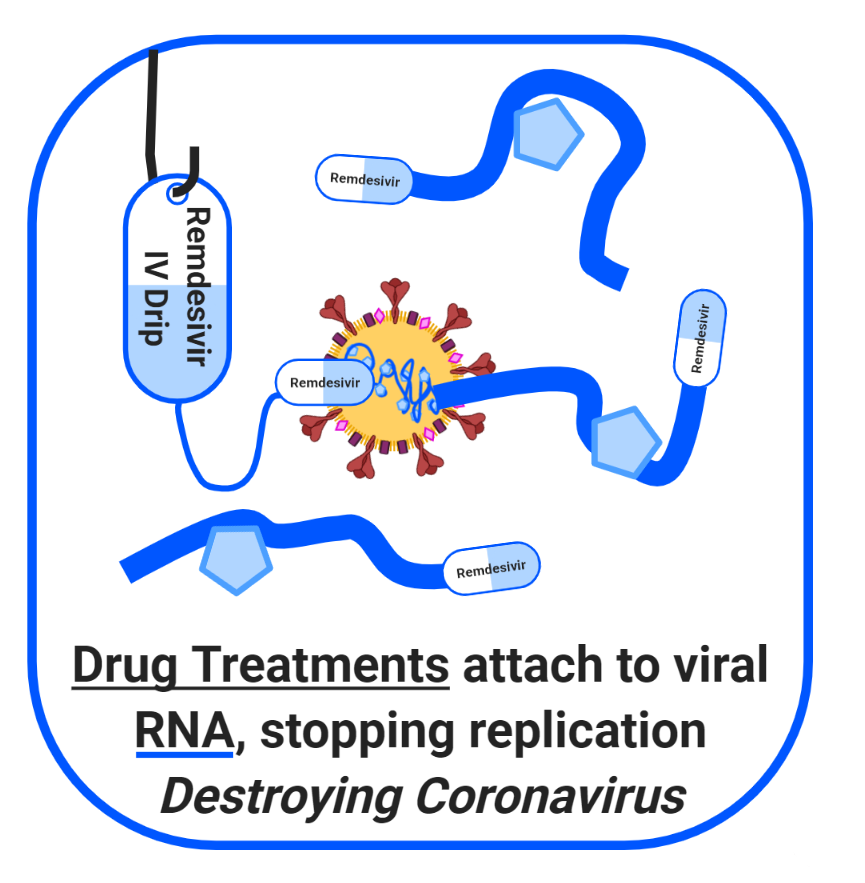
3) Antibody Therapy for Sick People
People who were sick and then recovered naturally created antibodies to fight the virus. An Antibody is a “Y” shaped protein secreted by the blood’s B cells. Antibodies bind pathogens, like coronavirus, and help the immune system fight the invader. Using antibodies from recovered people can help treat sick people via a plasma transfusion. Limitations of this passive immunization method involve having to screen the donor blood for other pathogens as well as be a blood-type match to the sick person.
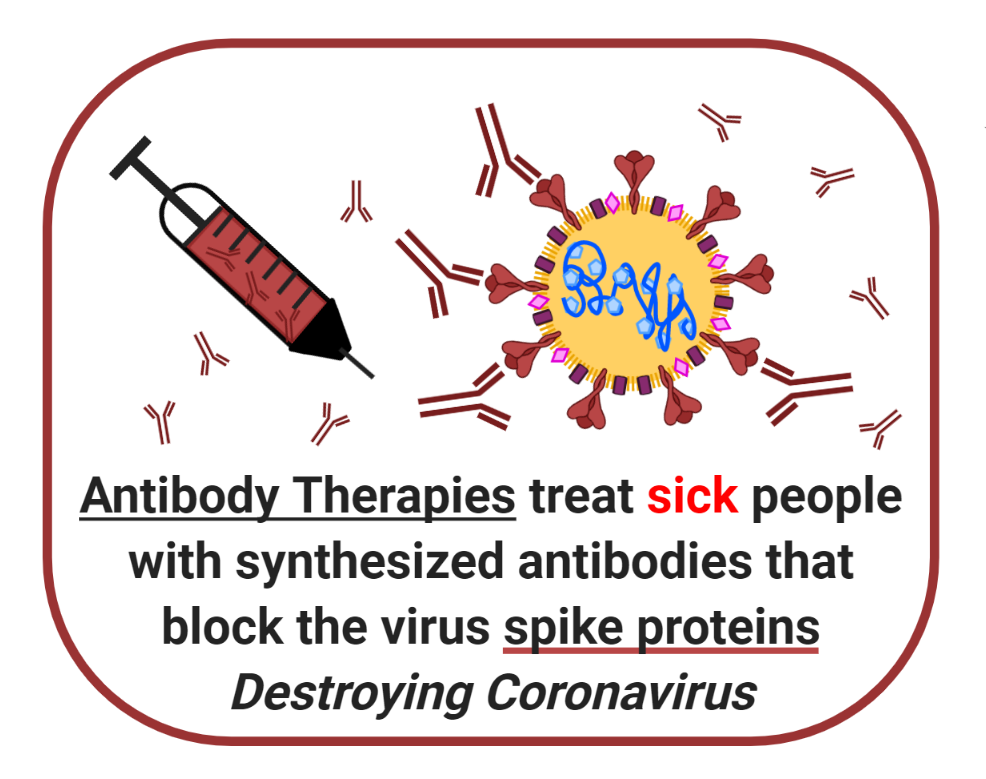
4) Vaccines for Healthy People
Vaccines trigger antibodies and immune memory for healthy people. Vaccines are specific to the virus, and use virus like pieces to trigger the immune response. At least eight strategies for vaccine development are being explored to fight the coronavirus. Vaccines of any method have to be directly created against the virus, tested for dose, efficacy, and safety for human use. Consequently, unlike many drugs, vaccines cannot be repurposed and take even more time to develop.
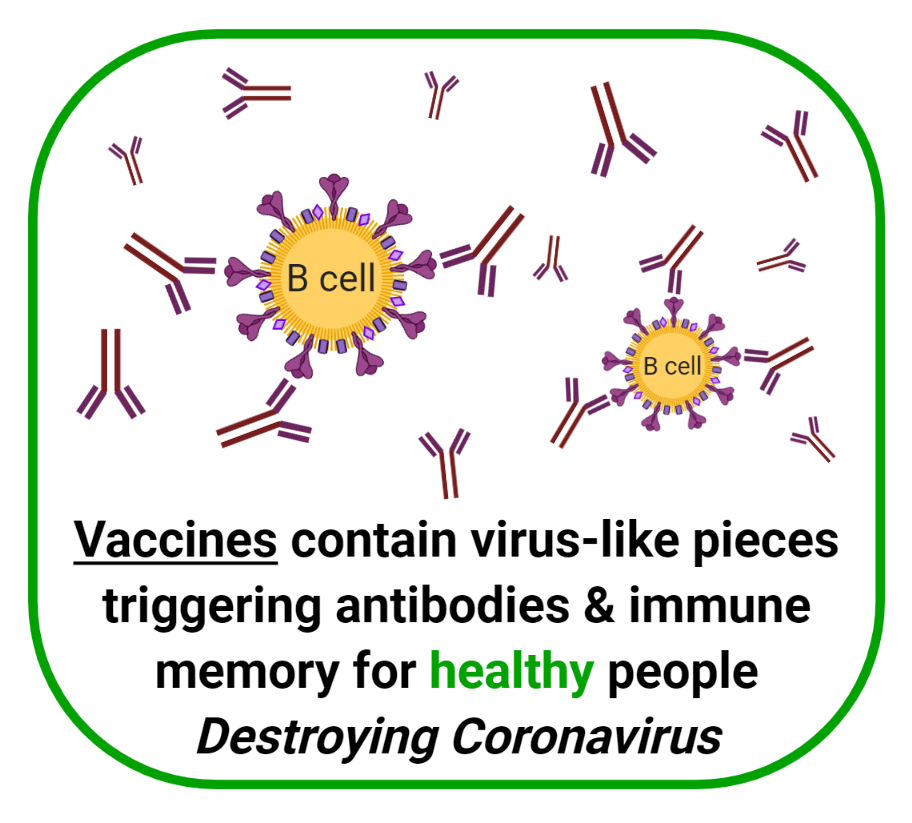
Conclusions
As we all stay at home and wait for this pandemic to become manageable, it helps to understand the methods that are being used to destroy coronavirus. Scientists are working hard to create vaccines, drugs, and other control methods.
It truly is remarkable to see the global effort to fight this outbreak. Research is moving much faster due to long hours and team efforts, as well as more early release of data and fast-tracking human trials.
For now, the best we can do is stay home and if we do venture out, wear a face mask and try to keep at least 6 feet from each other.
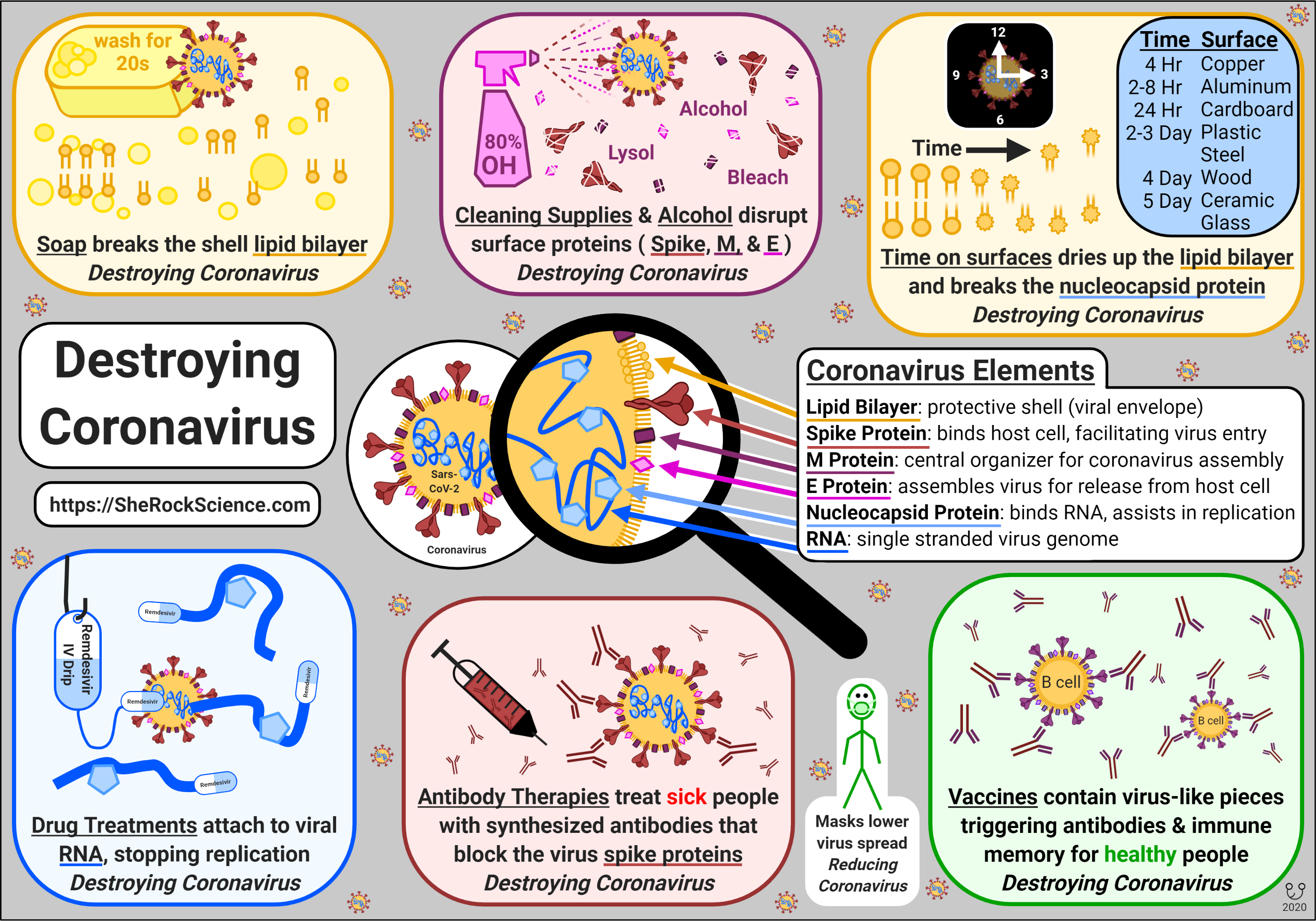
About the Author
Shira D Gordon, PhD, aka SheRockScience, is a freelance science communicator. She writes, illustrates, and produces videos. She has produce a video about the coronavirus: https://youtu.be/J0ScCwQxFag
Stay tuned for an additional video relating more directly to this infographic and more updated coronavirus research.
To learn more about Shira and see additional samples of her work visit her website (https://SheRockScience.com/) or go to her SheRockScience YouTube page.




